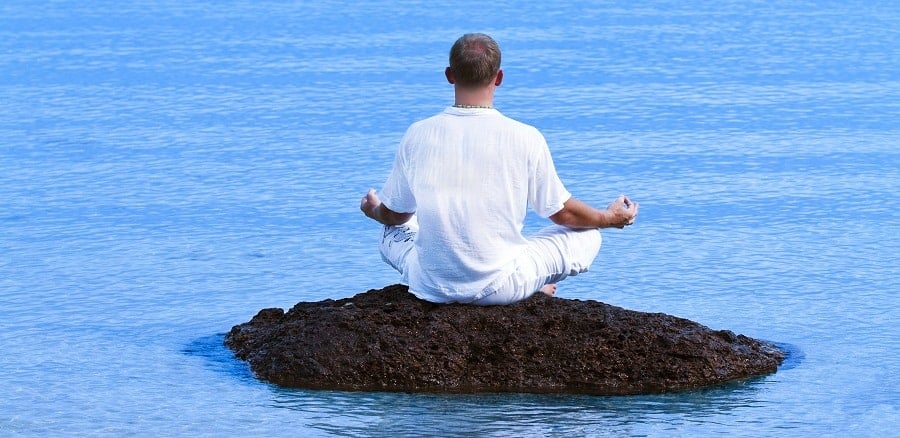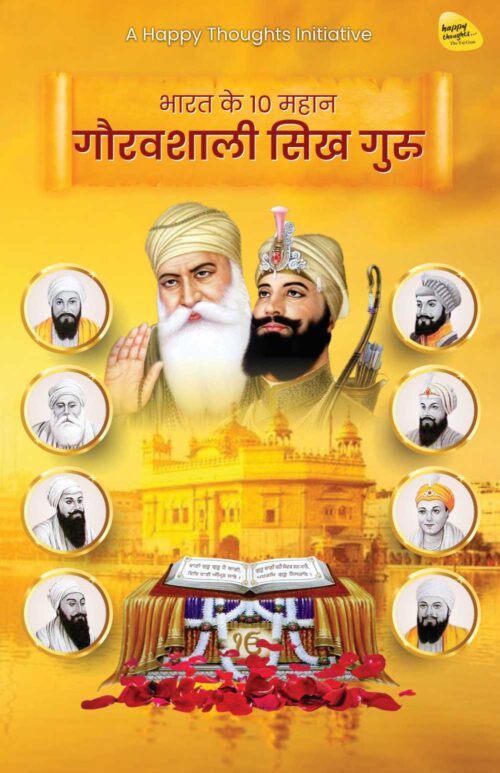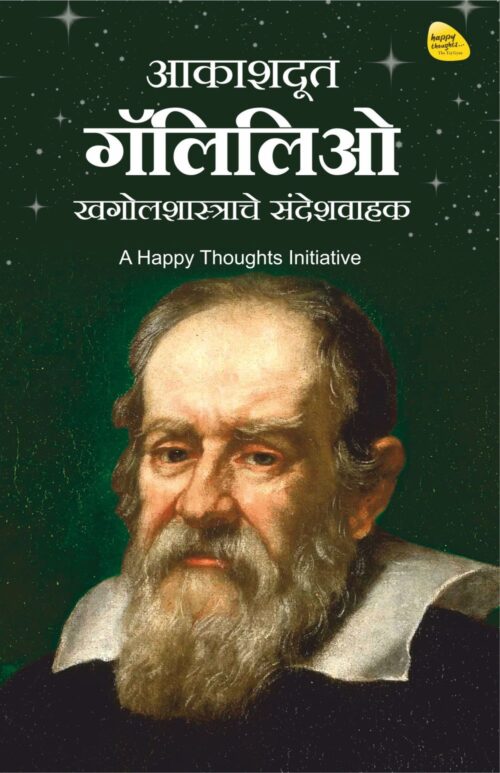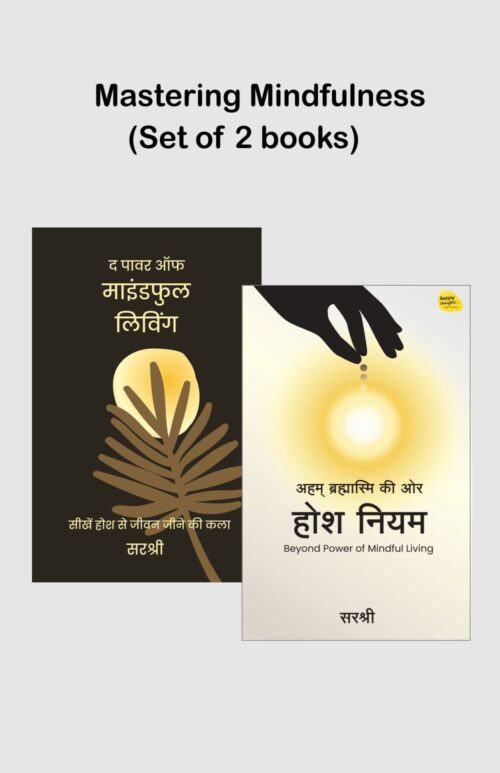
Major Myths About Meditation
We all have talked or must have read a lot about mediation. But truly speaking meditation is meant for everyone and is much easier and more accessible than most people believe. Today, people from various cultures in all parts of the world and from all walks of life – be they doctors, scientists, engineers, industrialists, office workers, or celebrities, from the East and the West – make meditation an integral part of their lives. They are enjoying the enormous benefits of meditation.
But while we see a lot of people practicing meditation, more and more myths have come to fore, as to what they believe meditation to be, but is actually not true.
Let’s unravel some major myths related to meditation here. Once we understand what meditation is not, we will be clear about what true meditation is, and we can then practice it.
WHAT IS “NOT” MEDITATION?
1. Meditation is not concentration, contemplation or reflection.
Many people practice meditation by focusing on the breath. But this is not meditation. It is just a concentration exercise. Concentration signifies focusing the mind on one particular point to the exclusion of everything else. When the mind is full of thoughts, concentration exercises can make it sharp, sensitive, and alert. It is important to understand that concentration is not the goal of meditation, but concentration can be instrumental in achieving the goal.
‘Meditation’ is also frequently used synonymously with such terms as ‘reflection’ or ‘contemplation’. As a result, its true significance has been lost. In contemplation, we think about a subject from all possible views. The positive aspects, negative aspects and so on. Finally, we have an in depth knowledge about the subject. In the process our concentration improves. But, again, this is surely not meditation.
3. Meditation is not relaxation.
Relaxation techniques, such as Pranayam or Shavasan, help to quiet the body and mind. They prepare the body and mind for meditation. But this altered or relaxed state of mind is not meditation.
4. Meditation is not an intention, or self-control, or willpower exercise.
The mind is continuously filled with insatiable desires. No sooner does one desire get fulfilled, another arises. By fulfilling these never-ending desires, we become the slave of the mind. By following an intention, or using willpower exercises, we can hold back these desires for a limited time. Our self-control increases. Although we can master our mind briefly with such practices, this is not meditation.
5. Meditation is not attuning the body to energy.
Some people believe that attuning the body to Kundalini (spinal energy) is meditation. But rather than dealing with energy, true meditation transcends the plane of energy. Meditation is about experiencing the essence of unmanifest existence that is beyond manifest energy.
6. Meditation is not the techniques that are used for meditation.
Some people believe that meditation means performing austere acts such as standing on one foot through day and night. Some believe that meditation means penance like lying on a bed of nails, burying our body under the ground up to the neck, not taking food for prolonged periods, or repeating chants. Yet others believe that practicing yoga is meditation.
The word “meditation” originates from spirituality. Historically, spiritual seekers in India understood the deeper aspects of meditation. They were established in the supreme bliss of the true meditative state. They practiced yoga, and performed penance and austerities, to see whether they could remain in the same blissful state even during a changed state of body. However, with the passage of time, meditation became identified with these ritualistic customs and techniques. Such practices gained importance while the actual purpose of meditation was lost. Some people even practiced these techniques to attain mystical powers. Serious truth seekers, however, would not be interested in such results.
7. Meditation is not escapism.
Many of us are constantly faced with a profusion of problems that may involve relationships, health, financial issues, conflicts in our neighborhood, difficulties at work, or even issues at the national level. Meditating amidst such problems, is considered as an escape from reality. But nothing could be further from the truth.When we meditate, we are freed from the clutter of the mind and are liberated from past beliefs that can influence our approach to present and future problems. As we delve deep into meditation, we reach the state of stillness. Our level of consciousness rises, we then begin to observe that problems move towards resolution on their own. This is a miracle that we need to witness.
8. Meditation is not difficult.
Some people believe that meditation is too difficult and requires struggle, hardships and a lot of effort. However, in meditation, we actively do not need to do anything. We just need to sit and do nothing. We only need to witness whatever is going on within and know the knower of everything. We do not need to resist anything. Thus, meditation is an effortless effort.
9. Meditation is not just for monks or the recluse.
Many people associate meditation with an image of an ageing hermit seated with closed eyes on some remote mountainside. They believe it is necessary to renounce the material world to meditate and progress on the spiritual path. However, the converse is true. Meditation is meant for people from all walks of life and all age groups. Everyone can meditate, be they student or businessman, householder or pensioner, man or woman, alone as an individual, or in a group. Meditation can be practiced whether we are in solitude or in the din and roar of the marketplace.
Meditation is meant for everyone. It is universal and can be practiced right from childhood. Children find that their concentration improves with the practice of meditation, and are able to perform better in class. Teenagers become more focused and goal-oriented in their studies. People at work find that they have become more relaxed and efficient at their workplace with regular practice of meditation. For the householder, meditation can help attain greater harmony in relationships.
Meditation is like a wish-fulfilling tree. It is up to us how we derive benefit from it. With meditation, we can derive external benefits as well as deeper, spiritual benefits like salvation. It can help us to gain health and harmony in our relationships and more deeply, to attain true happiness and peace, which is our innate nature.
11. Meditation does not mean sitting for hours at one place with eyes closed.
The ultimate goal of meditation is to be in a state of love, joy, and peace. This can be possible while we are seated or walking, sleeping or awake, with our eyes closed or open. However, to begin our meditation practice, we sit in one place, with eyes closed, for at least 20 minutes. With consistent practice, we may later sit longer in meditation. But this is optional.
12. Meditation has nothing to do with “out of body experience” or astral traveling.
Astral projection (or astral travel) is an out-of body experience (OBE). It assumes the existence of an “astral body”separate from the physical body and capable of traveling outside it. However, all this happens in the realm of the mind. In meditation, both the body and the mind are transcended. Therefore, such experiences are not meditation.
13. Meditation is not about visualizing an image of God.
Visualizing involves the presence of the mind. So, seeing an image of God is in the realm of the mind. The image of God is specific to different religions. However, meditation is not related to any religion. Just as the Sun is beyond all religions, meditation is beyond the boundaries of all religions. Meditation is universal. True meditation is about experiencing the one who is knowing: the witness, the witnessed, and also the act of witnessing.
Summary:
So to summarize, Meditation is meant for everyone and is much easier and more accessible than most people believe.
Meditation is neither a concentration nor a contemplation exercise. Neither is it a reflection, nor a relaxation technique. It is neither an intention, self-control nor a will-power exercise. Mediation is not attunement of the body to energy or any technique. It is neither escapism nor is it difficult. It is not just for monks or the recluse or retired and old people or for those who want to attain salvation, but for each one who wants to meditate and reap the benefits of meditation. Mediation can be practiced even in the marketplace with open eyes rather than sitting for hours in one place with eyes closed.Mediation can be practiced anywhere and everywhere. Mediation is not about visualizing an image of God or an out-of-body experience. It is for you me and all. So let go all these myths about meditation and start the practice of meditation right away. When is the right time to meditate? NOW right now, right here.



















Add comment